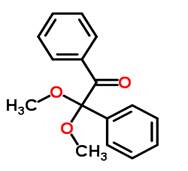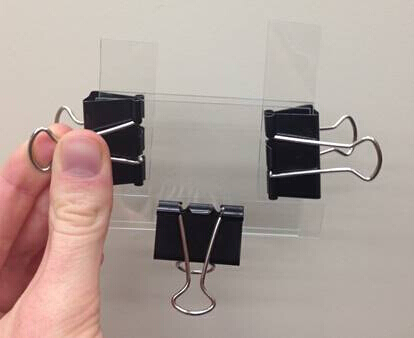히드로겔 합성
Overview
출처: 앰버 N. 배런, 애슐레아 패터슨, 테일러 D. 스파크스,재료 과학 및 공학부, 유타 대학교, 솔트레이크시티, UT
하이드로겔은 비교적 간단한 절차와 일반적으로 저렴한 재료로 생산되는 다목적 종류의 교차 연결된 폴리머입니다. 그(것)들은 용액에서 형성될 수 있고 단량제 시약에서 형성된 폴리머 백본, 폴리머 반응성 및 함께 폴리머 사슬을 묶는 교차 연결 종을 만드는 시노레이터를 관련시킵니다. 이러한 물질의 중요한 측면은 물 가에서 팽창한다는 것입니다,하지만이 반응은 염도, pH, 또는 다른 신호의 함수로 붓기를 향상시키기 위해 더 조정할 수 있습니다. 최종 제품으로, 하이드로겔은 수성 또는 건조한 환경에서 사용할 수 있으며 유연성, 높은 흡광도, 투명성 및 단열재와 같은 다양한 유용한 특성을 사용할 수 있습니다. 액체 흡수도, 센서, 소비재 및 약물 전달에 일반적으로 사용됩니다.
Procedure
프리겔 용액은 1000μl 시험관에서 만들어졌습니다. 재료, 중합 및 추가 된 양에 대한 역할은 표 1에 나열됩니다.






 부은 폴리머의 중량이 어디이며
부은 폴리머의 중량이 어디이며  말린 중합체의 중량입니다.
말린 중합체의 중량입니다.












